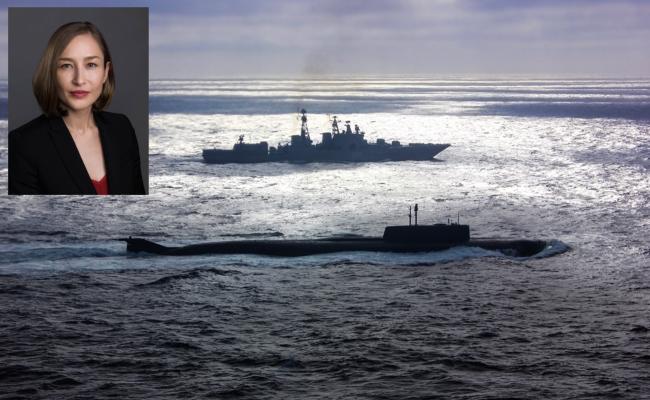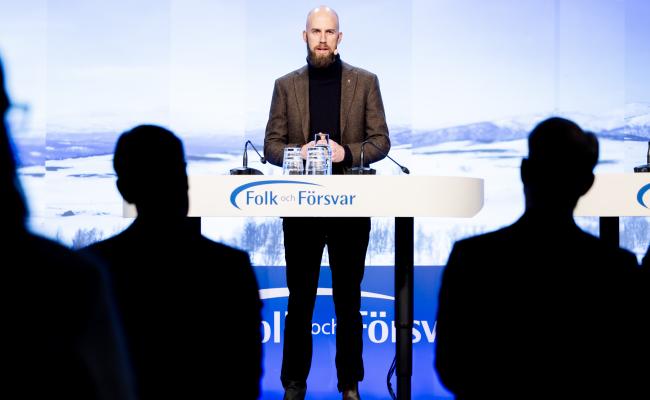New Agreement Secures Danish Drone Surveillance in the Arctic
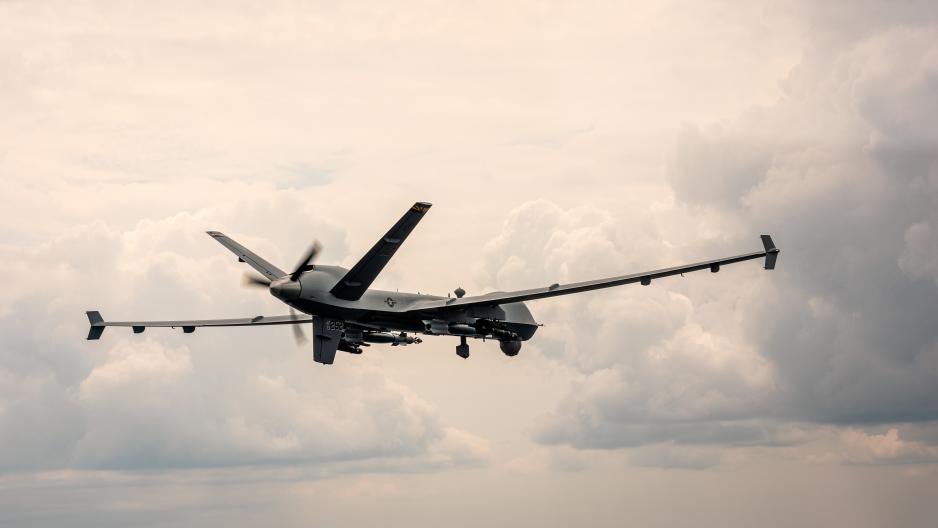
Illustrative image of the American multi-role drone MQ-9 Reaper for long-range missions. (Photo: Lealan Buehrer/US Air Force)
A new Danish defense agreement allocates $400 million for long-range drones to increase Arctic and North Atlantic surveillance. The agreement also prioritizes setting up an air warning radar on the Faroe Islands. "We need to use more muscle in the region," says Denmark’s MoD.
Last Thursday, Denmark's government and six Danish parliament parties entered into the first partial agreement of the new Danish defense settlement. It was drawn up with involvement of the governments of Greenland and the Faroe Islands.
The agreement secures additional funds for new long-range drones for surveillance, intelligence, and asserting sovereignty in the Arctic and the North Atlantic. This is linked to Denmark's continued aim for the region to be a low-tension area.
With advanced radar, sensor, and signal acquisition technology, the drones will contribute to a better overview of the ever-increasing activity in these areas – for both military and civilian use.
The decision to acquire two such drones was made in 2021 as part of the cross-political settlement on an Arctic capacity package. The initial budget was DKK 750 million, but the procurement process showed that the drones would cost significantly more than first assumed.
DKK 2,74 billion (around 400 million dollars) has now been allocated for this purchase. That the process proceeds quickly going forward is also marked a priority.
"We have a special obligation to our immediate area, and the Kingdom of Denmark will in future take greater responsibility for security in the entire region. This entails that we need to use more muscle in the Arctic and the North Atlantic. Therefore, I am very satisfied with that we have agreed to secure funding for procuring long-range drones in the first partial agreement. This is a delivery on one of the central decisions from the Arctic capacity package," says Danish MoD Troels Lund Poulsen (Liberals).
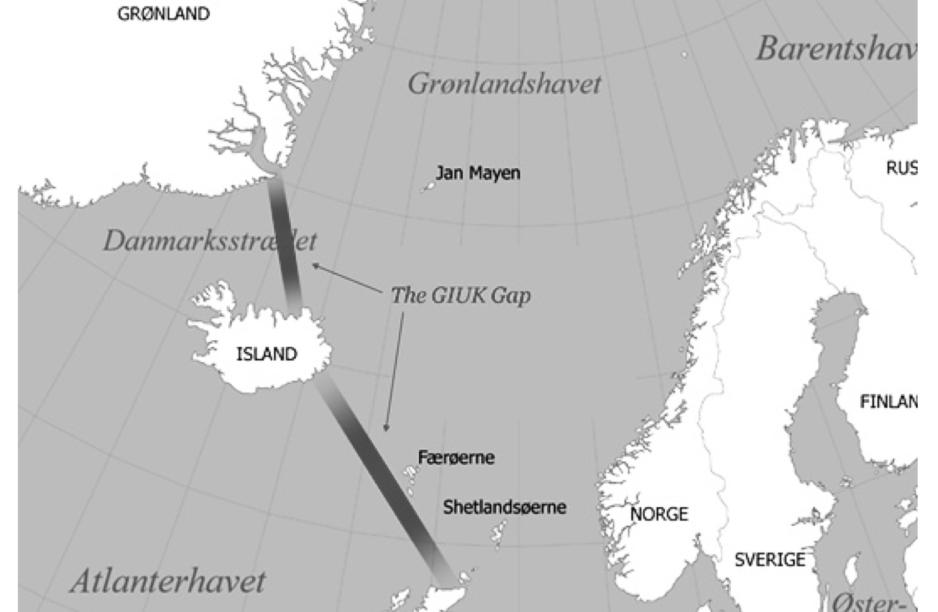
Denmark aims to strengthen the surveillance of the GIUK gap – two important strategic stretches in the sea areas between Greenland, Iceland, and the UK. (Photo: The Greenland Card, the University of Copenhagen)
Expedition of radar
The new partial agreement also prioritizes establishing an air warning radar on the Faroe Islands. Denmark and the Faroese government agreed on the framework for this in 2022.
The radar will surveil the airspace between Iceland, Norway, and the UK, with a 3-400 kilometers range.
It is stated in the agreement that the radar will be installed as soon as possible in cooperation between the Danish and Faroese authorities.
Specifically, the radar will be located on the Sornfelli mountain, where the Danish defense previously operated a NATO radar station. It was shut down in 2007.
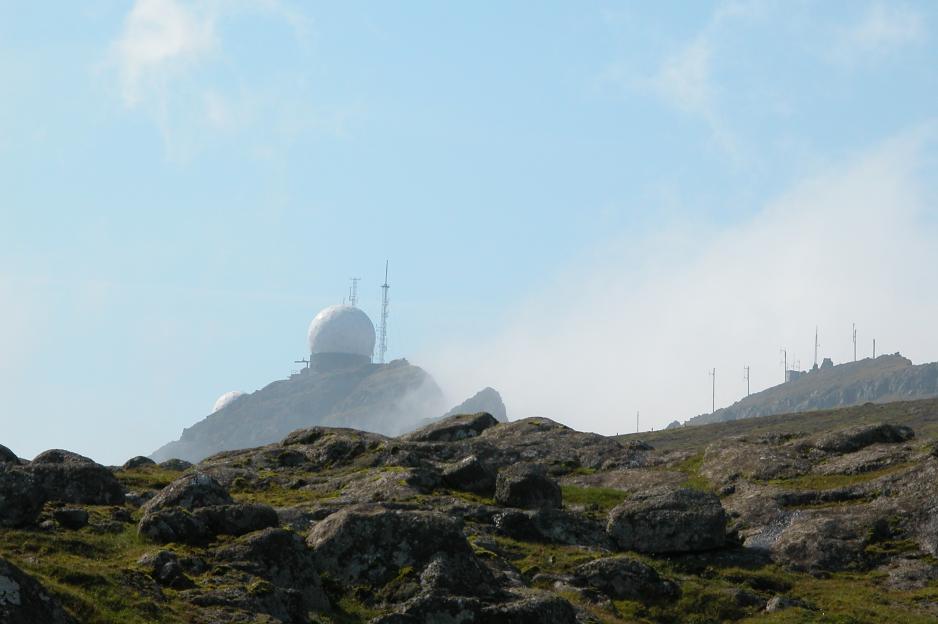
Photo of NATO's former radar station at Sornfelli mountain in Streymoy, Faroe Islands. It was established during the Cold War. (Photo: Eirik Christensen)
Popular Arctic education
The parties also agree on supporting the new Arctic basic training for people with residence in Greenland.
Developed by the Danish defense and Naalakkersuisut (Greenland's government) and launched this fall, the education program aims to strengthen the Greenlandic community's preparedness and resilience.
When the application deadline expired at the turn of the year, 236 persons had applied to the program, reports Sermitsiaq. In the first round, 20 students will receive admission. The new agreement opens up the opportunity to increase admission to the program.
"Beyond following the existing political agreement on long-range drones to the door, the first partial agreement secures that we can support the very positive application for the Arctic basic training in Greenland," says Vivian Motzfeldt (Siumut), Greenlandic Minister of Independency and Foreign Affairs.
"For me, it is crucial that the task of strengthening the defense of and security in Greenland also benefits the Greenlandic population," she emphasizes.
In addition, the agreement also allows for exploring the developmental potential of the Greenland Guardian scheme. This involves volunteers assisting the defense's Arctic Command in connection with serious incidents in Greenland.

Satisfied parties: Denmark's MoD Trols Lund Poulsen and Vivian Motzfeldt, Greenlandic Minister of Independency and Foreign Affairs. (Photo: Naalakkersuisut)
At the grown-ups' table or the kids' table?
"Through Naalakkersuisut's involvement in the first partial agreement, we have set the framework for future cooperation on the coming partial agreements. I look forward to the coming discussions with the MoD and the Greenlandic parties of the Inatsisartut [the Greenlandic parliament, ed. note]," Motzfeldt points out.
The agreement's annex discloses that Denmark's government will ensure the full involvement of the Greenlandic cabinet in defense investments on and around the island and in "further analyses of activities, presence, capacities, and civil protection in the kingdom regarding coming partial agreements."
However, Aaja Chemnitz (Inuit Ataqatigiit), one of Greenland's representatives in the Danish parliament, is not happy with the Danish involvement of the Greenlandic side.
"The foundation for the Danish government says the Greenlandic parties are to be involved in defense settlement negotiations. In practice, unfortunately, it is not the case that we participate in all negotiations. It is equivalent to inviting us to the family party and placing Greenland at the kids' table," said Chemnitz to Sermitsiaq.
She also states that her party, led by Greenland's PM Múte B. Egede, will focus on replacing old ships and aircraft and protecting sea cables in future agreements.
Increased investment framework
The Danish government and seven parliament parties adopted the defense settlement for 2024-2033 last summer. The governments of Greenland and the Faroe Islands were included in the parts of the agreement involving the Arctic and the North Atlantic.
The settlement set an investment framework of DKK 143 billion and said that Denmark is to live up to NATO's aim of spending two percent of the GDP on defense from 2030 at the latest.
The new partial agreement increases the total investment framework to DKK 155 billion. The parties agree on increased allocations in 2028 and 2029 as they want Denmark to take greater responsibility for its defense faster.
DKK 16 billion is set aside for the partial agreement's contents, which also includes investment in capabilities such as air defenses for the army and weapons for the navy.
Throughout the entire settlement period, the parties will continuously decide on new needs and conditions for Denmark's defense and security through partial agreements.




